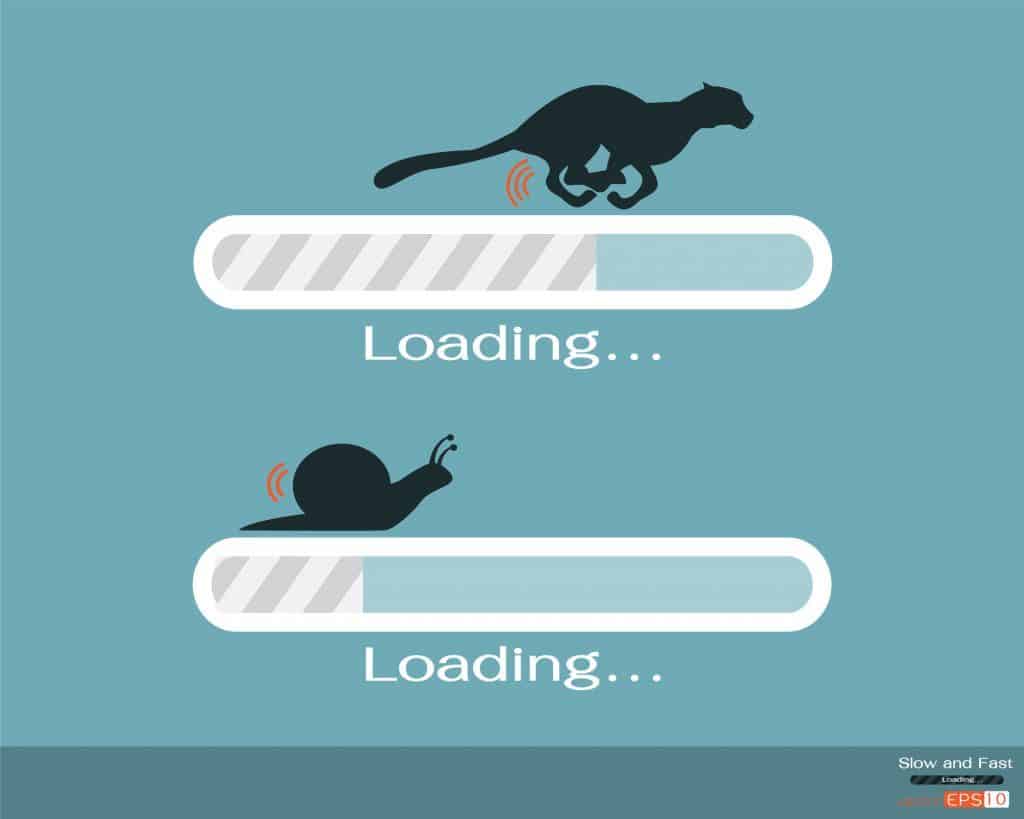
How To Prepare for the Launch of Google’s Mobile-First Index

What Is the Mobile-First Index?
Google’s mobile-first index is a response to the ever-growing use of mobile devices for searching. As of 2017, more than 55 percent of search traffic is on a mobile device. Time on site remains higher for desktop traffic, so the time to completely disregard desktop users is still in the future. However, because more and more people are searching using mobile devices, Google is changing the way in which they index sites.
Traditionally, Google’s indexing has taken into account the content found on the desktop version of the page to determine relevancy. Mobile pages with little to no content do not affect the indexing since the algorithms do not take it into account. The new mobile-first index plans to switch the priority to mobile sites, which could impact your SEO ranking. If you have not already incorporated mobile in your content marketing plan, now is the time to do so.
Create a Responsive Site…
The easiest answer to preparing for the mobile-first index is to use a responsive site, which is one of the best content marketing strategies for many reasons. It allows you to have the same site for mobile devices and desktops without altering the content or user experience. In fact, Google recommends using responsive design.

Or Update Your Mobile Site
If you decide that a responsive site is not the best option for your website, then take the time to ensure you have a strong mobile site. Remember, your mobile site will soon be the primary page web crawlers look at when they index your site for SEO ranking. Therefore, you want to ensure that the pages on your mobile site have the same content as your main site.
There are several actions you might need to take to prepare your mobile site for the mobile-first index.
Adjust Content As Needed
When you review your site, consider whether you might need to make some adjustments to the content. Remember that the screens on mobile devices are smaller than that of computers. It is a good idea to integrate more short-form content, video and audio rather than long-form content.
Additionally, your content layout might need adjusting. You ideally want to answer the question visitors have as soon as they land on your page without the need to scroll. On a mobile site, this might need to be higher up on the page than on a desktop site.
Check Your “Hidden” Content
For a long time, Google has ignored content found in tabs or accordions, as they considered this content hidden. However, with mobile content, space is a larger issue than desktop loading. Therefore, Google plans to incorporate the tabs and accordion content in the index. This makes now a good time to review your content in these areas.
Test Your Site
There are a few key tools that you can use to test your mobile site:
These tools allow you to identify what Google sees when it crawls through your site. The txt tester reviews your page to see whether the robots.txt file blocks certain parts of your page from the Googlebots. In some cases, you want to block Google, such as if you do not wish for an image to be available for Google Image Search. However, you want to avoid having the Googlebots blocked from content that you wish to be indexed. Similarly, structured data provides the information to Google about the structure of your page to help the web crawlers index a page.
Don’t Forget Speed

Page loading speed remains a significant factor in page rankings with the mobile-first index. Therefore, you want to ensure that you build sites, whether desktop only, mobile only or responsive, that load quickly and without issue. You could incorporate AMP (Accelerated Mobile Pages), which is developed to help mobile pages load super fast. Although it can be complicated, it might provide you the boost you need to have faster page speeds, which positively impacts your SEO ranking. Additionally, you also want to reduce other factors that might negatively affect page loading on mobile devices, such as large images, excessive HTTP requests and caching issues.
The best way to prepare for the launch of the mobile-first index is to use a responsive web design, which your content marketing agency probably already discussed with you as one of the best content marketing strategies. Then, you are ready for anything — and you provide the same great site across platforms. However, if you find it best to have a separate mobile site, then you have some work cut out for you before the new index launches. Through following the above tips, you will be prepared.
- How To Use Keywords in Your Content for SEO - September 20, 2024
- Creating Google-Friendly Content - December 31, 2023
- Which Type of Content Brings In the Most Traffic? - December 28, 2023

